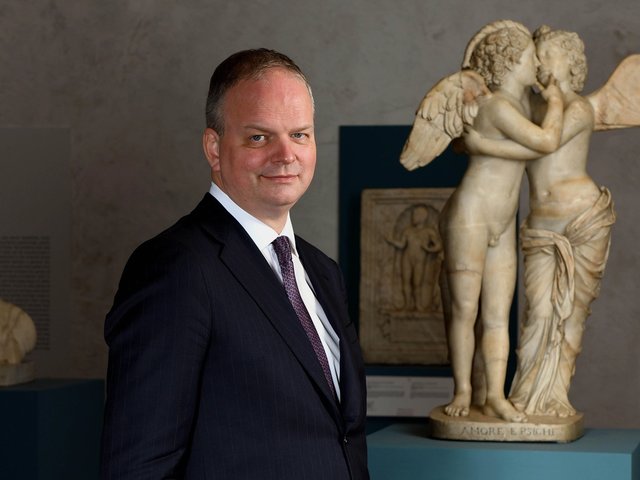Venice. When a Muslim woman was stopped by a security guard in a Venetian museum because of her veil at the end of August, it sparked a national debate into dress restrictions that has still not been resolved.
The controversy began when a woman entered the Ca’Rezzonico museum wearing a niqab, a veil that leaves only the eyes visible. Having bought a ticket, she was browsing with her family when a gallery guard asked her to accompany him to his manager on the grounds that her veil was not permitted. Although she was ultimately allowed to proceed, she left the museum.
A storm of media coverage followed, partly fuelled by false reports that the guard had been fired and that Italian state museums were planning special rooms in which women would have to unveil themselves for identification.
On the grounds of protecting public security and striking a blow for the rights of women, politicians from Italy’s governing Liberty Party—a right-wing coalition—defended the guard’s actions. “It’s a question of security and dignity,” declared Gianfranco Galan, the president of the Veneto region which has a population of 125,000 Muslims. A Veneto region spokesman compared the state of women who wear the niqab to that of Roman slaves.
Legally, the issue remains confused. Designed as a counter-terrorist measure, a 1975 law in Italy states that it is forbidden to cover your face in public.
Gianni Curti, the president of Verona 83, the contractor who employed the Ca’Rezzonico guard and look after security in other Venetian museums, stands by his employee. “He acted according to the law and I would expect others to do likewise faced with the same situation,” he says.
But his employers at Venice City Council disagree. Venice’s cultural assessor Luana Zanella claims the law is equivocal: “You can cover yourself if you have a justifiable motive.” She believes that the guard made an error in not speaking to his boss before accosting the woman and called on museum staff to use their common sense. “You should be able to recognise when someone isn’t a delinquent or a terrorist risk.”
The city museums of Venice welcome about 20,000 Muslim visitors a year. There is no data on how many of them wear face-covering veils.



